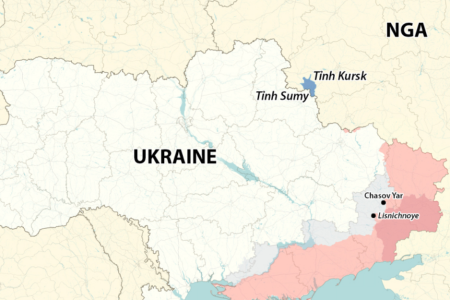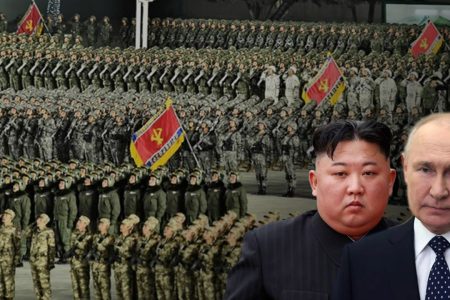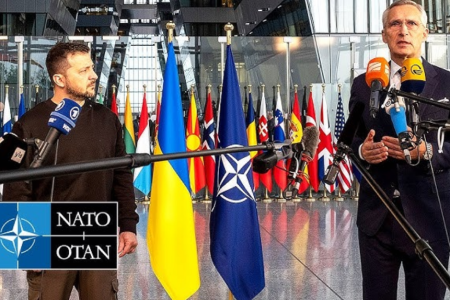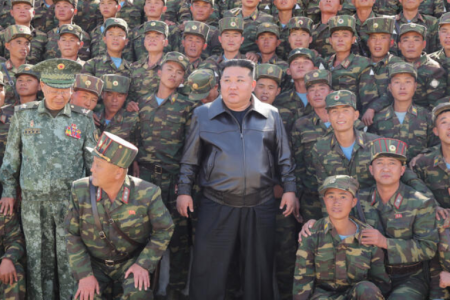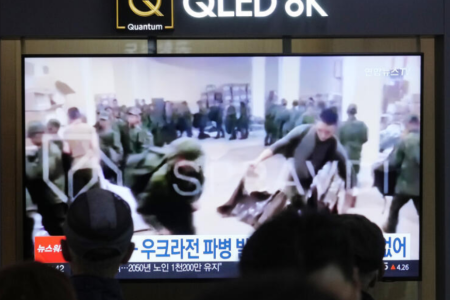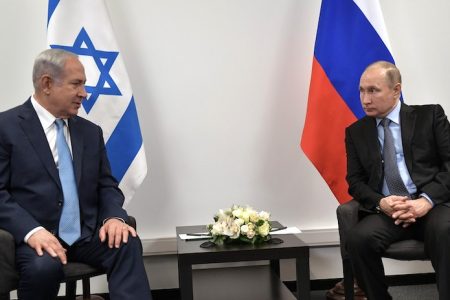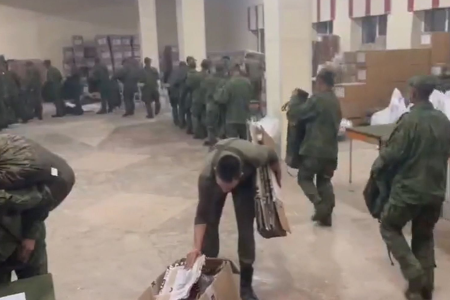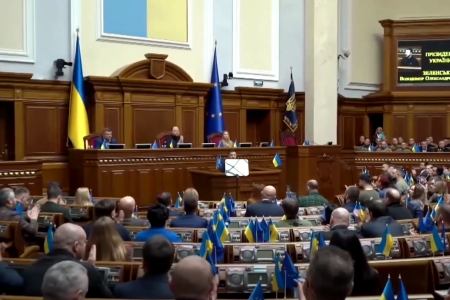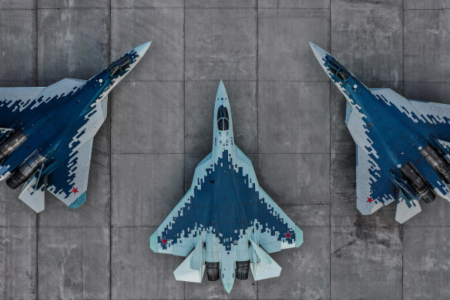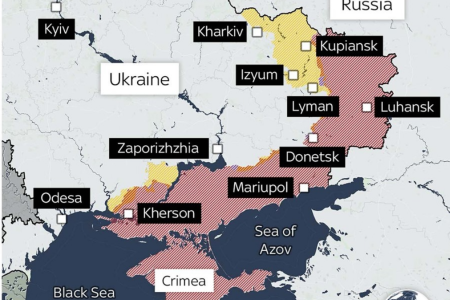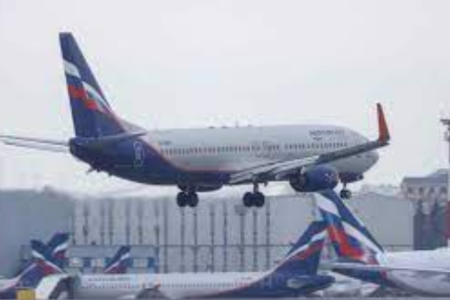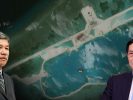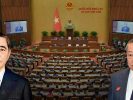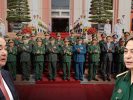Will Vietnam and the US go through a decisive turning point together, creating a basis for upgrading the “comprehensive partnership” for the future of each country and the future of the Indo-Pacific region? Public opinion is generally excited to receive the news that Vice President Harris is about to go to Vietnam, when we just said goodbye to Minister Austin, who had just left Hanoi.
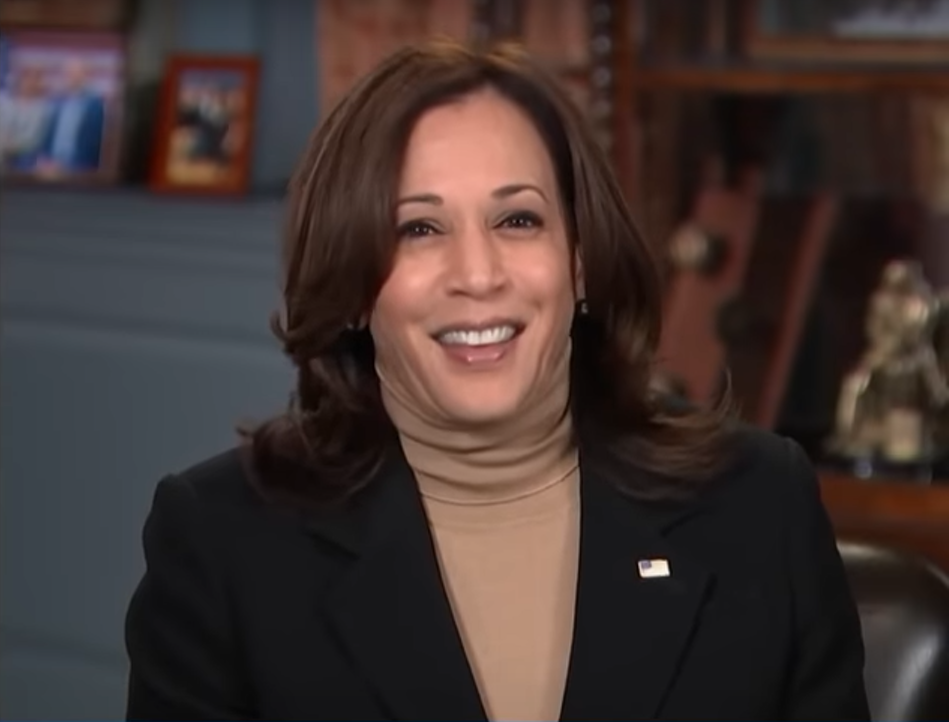
International media has just quoted the announcement of the Office of Vice President of the US Kamala Harris, saying: “The US government considers Asia an extremely important region in the world. The Vice President’s visit will underscore the importance of comprehensive commitment and strategic partnerships – key elements of our administration’s foreign policy approach.” The trip was based on the Biden-Harris administration’s message to the world: “America is back!” Come back and stay, to join Vietnam and ASEAN side by side in simultaneous races to multiple goals…
Race against death
The top urgency is the race to deal with the COVID-19 pandemic. The number of people infected with COVID-19 in the US reached a six-month high, more than 100,000 infections were recorded on August 4. Leading experts warn that in the coming weeks, the number of cases could double to 200,000/day, because of the Delta variant. The number of hospital admissions is increasing again and raging across the US, medical centers are back on alert. Meanwhile, in Vietnam, the pandemic caused by the Delta variant also infected more than 170,000 people from the end of April to the beginning of this August.
However, after meeting with the Ministry of Health of Vietnam, the Agency for International Development (USAID) and the US Centers for Disease Control (CDC) still decided to give Vietnam $4.5 million to support vaccination and improve the capacity of the health system in disease prevention. Regarding the purchase of vaccines, the Ministry of Health said that Vietnam has signed a contract to buy 31 million doses of Pfizer vaccine and is in the process of purchasing another 20 million doses. However, it was not until the fourth quarter of 2021 that 47 million doses of Pfizer vaccine will be delivered to Vietnam from the US.
Compared with Cambodia (63.33 doses per 100 people), Laos (24.43 doses per 100 people), the number of Vietnamese people officially vaccinated is too low: 4.53 doses per 100 people, as of 22 July 2021. Therefore, regarding the fight against COVID, the meeting between US Defense Secretary Lloyd Austin and the delegation of Vietnamese Defense Minister Phan Van Giang in Hanoi on July 29 is worth more than a symbol. News that Vietnam received five million doses of Moderna vaccine, along with $20 million in anti-epidemic aid from the US, was announced before Mr. Austin arrived in Hanoi.
Due to the stressful epidemic, since July 9, Ho Chi Minh City has strict social distancing, including a ban on going out at night since July 26. Meanwhile, on the afternoon of August 6, the Hanoi government also continued social distancing until August 23. While Vietnam is struggling because of the COVID pandemic, the state-controlled media has repeatedly released a statement by the spokesperson of the Ministry of Foreign Affairs of Vietnam, specifically opposing China’s continuous military exercises in the East Sea (South China Sea), especially in the Hoang Sa (Paracels) of Vietnam and demanded that China stop and not repeat violations of international law.
Beijing’s extreme actions
Containing China’s aggression is a key goal of Ms. Harris’s trip. It is no coincidence that last week, Foreign Minister Antony Blinken actively attended via videoconference the meetings within the framework of the ASEAN Annual Meeting (AMM-54). The White House also reaffirmed Vice President Harris’ visit to two important US partners in Southeast Asia, Singapore and Vietnam, from August 22 to August 26. The fact that the head of state has participated in marathon meetings throughout the week and reconfirmed Harris’s visit shows the new determination of the Biden administration against aggression from China.
On August 6, the US State Department said that US Secretary of State Antony Blinken expressed deep concern about China’s growing nuclear arsenal during a meeting with foreign ministers of Asian and international countries. Speaking at the Asia Regional Forum (ARF) meeting, which brings together more than two dozen countries, Blinken also called on China to stop “provocative” attitudes in the South China Sea, and raised serious concerns on ongoing human rights abuses in Tibet, Hongkong, and Xinjiang.
In an article on The Bangkok Post on August 3 titled “The US urges ASEAN to stand up against China,” writer Kavi Chongkittavorn analyzed the feasibility of the strategy proposed by US Defense Secretary Lloyd Austin highlighted in Singapore on July 27. The cross-cutting idea highlighted by Mr. Austin is that the US wants to see ASEAN stand up to China without having to choose sides, while at the same time engaging China with the US in areas of common interest.
The Biden administration believes that these goals can be achieved through “integrated deterrence,” which requires allies and friends to come together using existing capabilities and deploying them all of these possibilities in new ways. Mr. Austin’s speech in Singapore is not too tough but also not too soft towards China, in order to avoid causing an unpleasant reaction in some Southeast Asian countries that do not want to “choose sides” between Beijing and Washington.
Protection of international law
A senior White House official told the media on August 4 that Ms. Harris would focus on defending international law in the South China Sea, safeguarding the rules-based order and emphasizing the role leadership of the United States and expanding security cooperation in the region. The official, who asked not to be named, said Washington is seeking the support of the international community in its efforts to deal with China’s totalitarian power. In this process, the US considers the US-Vietnam relationship as an important partner of each other, due to its geographical location, size of the economy and trade relations.
Vietnam often has a strong voice against China’s unreasonable claims in the South China Sea. Other countries in the region also welcome the U.S. military presence, as Beijing’s militarization of artificial islands, coast guard ships, and maritime militia swarms the waters. “We don’t want to see any country dominate the region, or use its dominance to undermine the sovereignty of other countries,” the White House official said in a statement.
US Vice President Harris will emphasize freedom of navigation throughout the South China Sea. Ms. Harris’s trip follows Defense Minister Lloyd Austin’s visit to Hanoi in the last week of July 2021, with the desire to tighten security ties. Last week, Secretary of State Antony Blinken also participated in a series of regional virtual meetings aimed at demonstrating the US commitment to ASEAN.
At the Aspen Security Forum on August 3, Singapore Prime Minister Lee Hsien Loong welcomed the “very valuable US” high-level visits. However, he also expressed concern about the deterioration of US-China relations. New Zealand’s Permanent Mission to the United Nations sent a note dated August 2, stressing its opposition to the so-called “historic rights” in the South China Sea, because iBeijing has no legal basis, calling for respect the decision of the Permanent Court of Arbitration The Hague 2016.
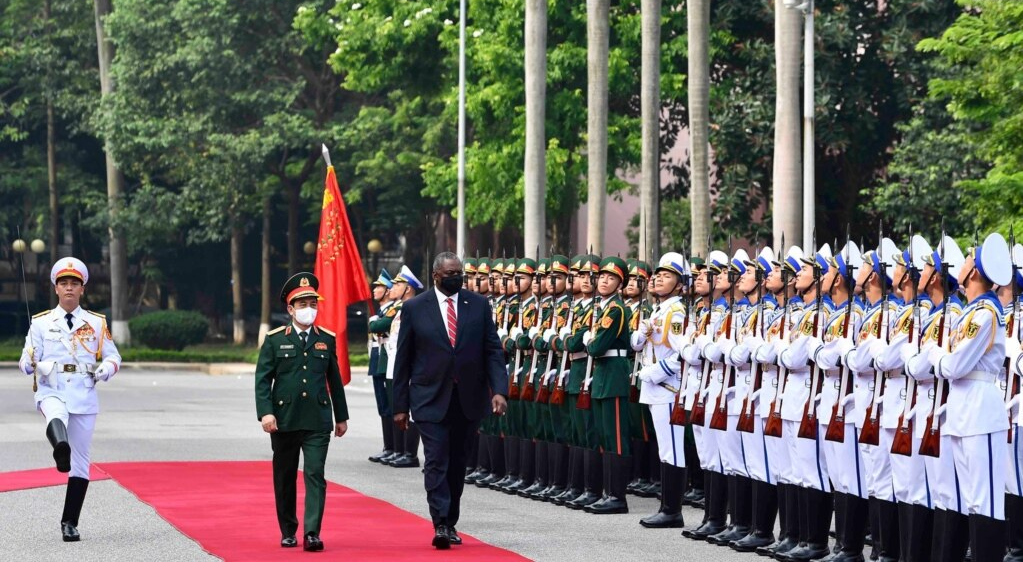
Hope to combine with the Quartet
One of the important factors noted by analyst Kavi Chongkittavorn is the position that the US Secretary of Defense wants for the three Southeast Asian countries – Singapore, Vietnam and the Philippines – in the collective structure of regional security. So it should come as no surprise that Vice President Kamala Harris will visit Singapore and Vietnam next month to further strengthen bilateral ties. According to Thai experts, it is impossible to ignore the possibility that Singapore and Vietnam can cooperate with the Quartet in some form. At the AMM-54 annual meeting, ASEAN Foreign Ministers discussed the “ASEAN Indo-Pacific Vision” (AIOP) plan to ensure that it remains the main framework of the regional architecture, preserving assume the “central role” of ASEAN.
It is difficult to predict whether any ASEAN members are willing to join the Quad. With the United States advancing its approach towards closer cooperation with allies and friends around the world, this possibility is sure to be discussed by the stakeholders. Because, according to this expert, any ASEAN member that decides to align with the Quad by any formula will immediately risk undermining the ASEAN-led regional architecture.
The US Defense Secretary did not mention the “centrality” of ASEAN. Instead, he used the phrase “ASEAN centrality,” which was frequently used by American diplomats in the period before 2016, under President Obama’s administration, to describe ASEAN. As for the Thai analyst, Mr. Austin is looking to the future influence of the Quad on Southeast Asian architecture.
Promoting universal values
The ultimate goal is the issue of democracy – human rights, which is an integral part of US foreign politics in general. On August 4, Senator John Cornyn called on Secretary of State Blinken to take strong measures on human rights while cooperating with Vietnam on security and defense. Senator Cornyn wrote in a letter to Mr. Blinken: “Vietnam has demonstrated strategic value in the Indo-Pacific region and remains a welcome partner in terms of security cooperation. However, the Vietnamese government continues to demonstrate disturbing actions on human rights and religious freedom.”
Senator Cornyn asked Foreign Minister Blinken to explain what the State Department is doing to raise the issue of democracy and human rights in its foreign policy with Vietnam. In meetings later this month with government officials, the private sector and civil society leaders, Vice President Harris will share the administration’s vision, according to a statement from Biden-Harris’s office on a “Free and Open Indo-Pacific” (FOIP), raised trade and security issues, including the South China Sea, and promoted economic cooperation.
Top goals are not unique to Ms. Harris’s upcoming trip. Whether the total spectrum of strategic aspects in the Vietnam-US relationship has been confirmed to form a framework of common views between the two countries, no one can be certain at this time. Just know that the visits of senior US government officials to Vietnam are aimed at promoting common understanding and gradually building that strategic trust.
According to the “International” newspaper of the Ministry of Foreign Affairs of Vietnam, “the strategic partnership between Vietnam and the US” depends on the calculation of each party. The bilateral relationship between Vietnam and the US is quite comprehensive, has strategic elements, and is more present than some other strategic partners. The identifier is not the most important thing. Deciding is still the substance, effectiveness and sustainability of the relationship. That is being implemented by the parties and committed to continue to strengthen and develop. The “International” newspaper concluded: “What is needed, at the right time, will definitely happen.”
Thoibao.de (Translated)



